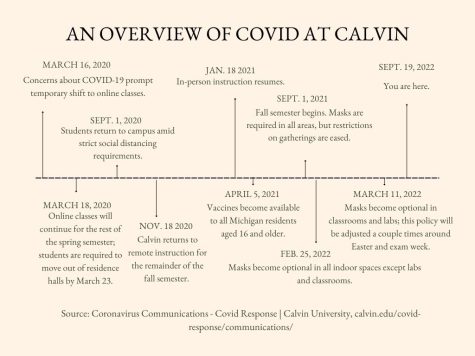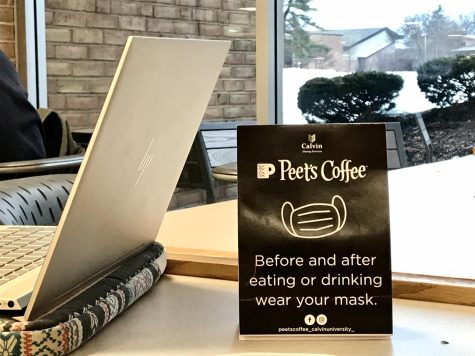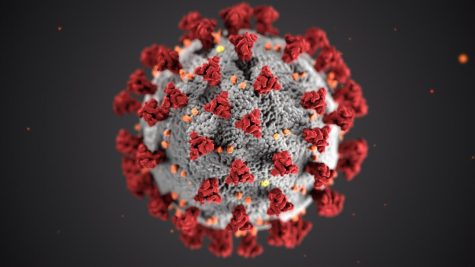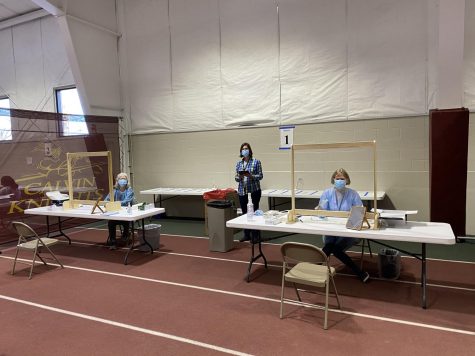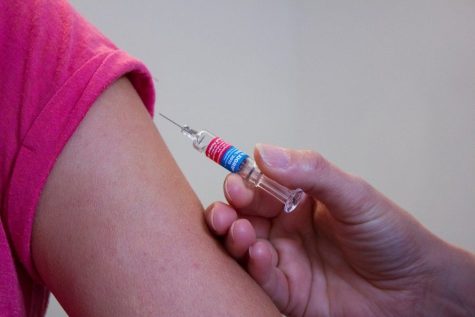Students with pre-existing conditions are included in at-risk populations

When Calvin senior Annake Vande Brake was sixteen, she was diagnosed with myalgic encephalomyelitis (ME), an illness more commonly known as systemic exertion intolerance disease or chronic fatigue syndrome. ME is a neuroimmune disease, which means that too much physical or mental activity can leave her feeling nauseous, sore and too exhausted to get out of bed. It also puts her at added risk of diseases like COVID-19.
Kay Casturo is another Calvin student whose medical condition puts her at increased risk to the novel coronavirus. She was diagnosed with juvenile idiopathic arthritis(JIA) when she was seven years old, but her condition became more severe when she was 11.
Vande Brake says her condition has caused her to miss social events, be unable to take exams or finish projects, and prevented her from working out or reading for long periods of time. “I have to take breaks whenever I do anything. I also take a lot less credits during the school year,” she said.
ME also causes Vande Brake to have a lower natural killer cell count, which means her body can’t fight infections very well and it takes her a long time to recover from illnesses. So, when Calvin announced that classes would be moving online due to the novel coronavirus, she returned home as soon as she could. Because her condition puts her at increased risk to the virus, those around her have also had to take extra measures to ensure her safety.
She says she leaves her house to go on walks, but she’s only gone on a car ride once since returning home. Her sister, who works as a nurse, moved out of the house as a safety precaution, and her parents have been regularly sanitizing surfaces, door handles and groceries.
Casturo commented on her juvenile idiopathic arthritis: “I most notice it when I am stressed or have not gotten enough sleep. When I have a flare-up, I have trouble moving my joints and they swell quite a bit,” she explained.
While she says her condition doesn’t affect her daily life as much as other JIA patients, the medications Casturo has to take weaken her body’s ability to combat disease. Because of this, she said she also returned home as soon as classes moved online and has only left her house to go on walks. Her entire family has remained at home to lower her risk of contracting the virus, and they’ve been ordering groceries online.
Vande Brake and Casturo are members of a much larger population of people whose medical conditions make COVID-19 much more dangerous for them. The CDC recommends increased preventative measures for people of any age suffering from chronic lung disease, asthma, conditions causing them to be immunocompromised, diabetes and more. “I think I would like to see an end to this as much as anyone, but I realize I might need to stay in for a longer amount of time than the typical person due to my condition,” Casturo said.



